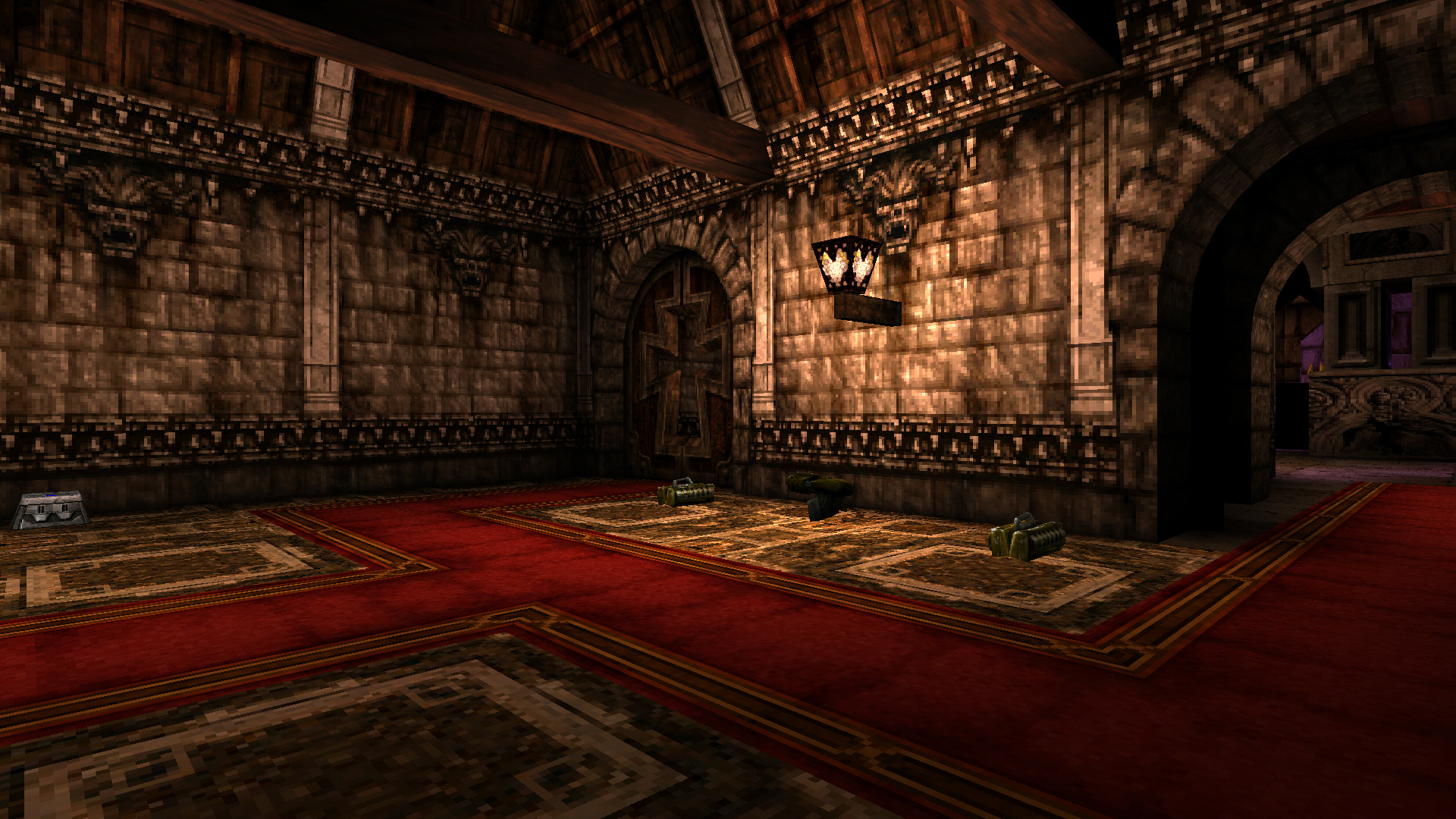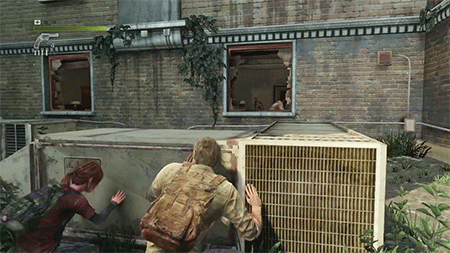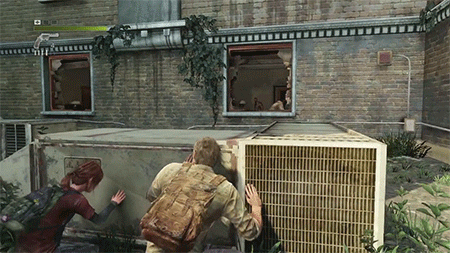VFX_Veteran
Banned
I thought I'd start my own thread to talk about graphics technology discussion in games.
This thread is about technology advancement in graphics engines that produce stunning visuals.. This thread is NOT about subjective opinions (i.e. "this looks more beautiful to me...")
A few examples:
Unreal Engine 4 used a very complex algorithm of global illumination in their latest engine which had really good results but was too complex and impractical for real time gaming so they scratched it.
FarCry3 uses partially baked-GI solution (light probes) for it's lighting instead of pre-baked light mapping.
TLOU has a neat stencil shadow projection method for extracting fake shadows from objects when turning on it's flashlight.
This thread is about technology advancement in graphics engines that produce stunning visuals.. This thread is NOT about subjective opinions (i.e. "this looks more beautiful to me...")
A few examples:
Unreal Engine 4 used a very complex algorithm of global illumination in their latest engine which had really good results but was too complex and impractical for real time gaming so they scratched it.
FarCry3 uses partially baked-GI solution (light probes) for it's lighting instead of pre-baked light mapping.
TLOU has a neat stencil shadow projection method for extracting fake shadows from objects when turning on it's flashlight.

















